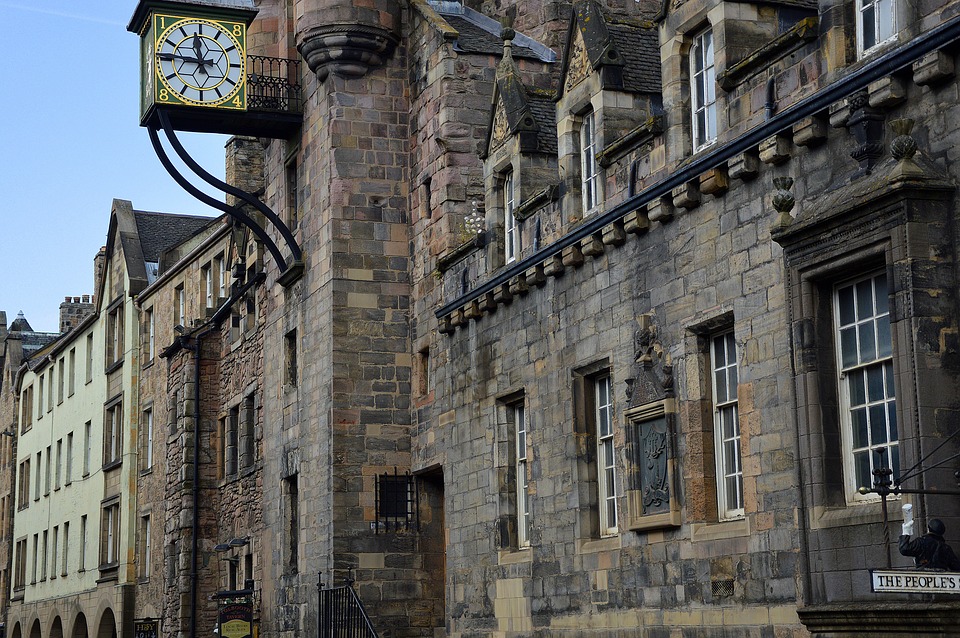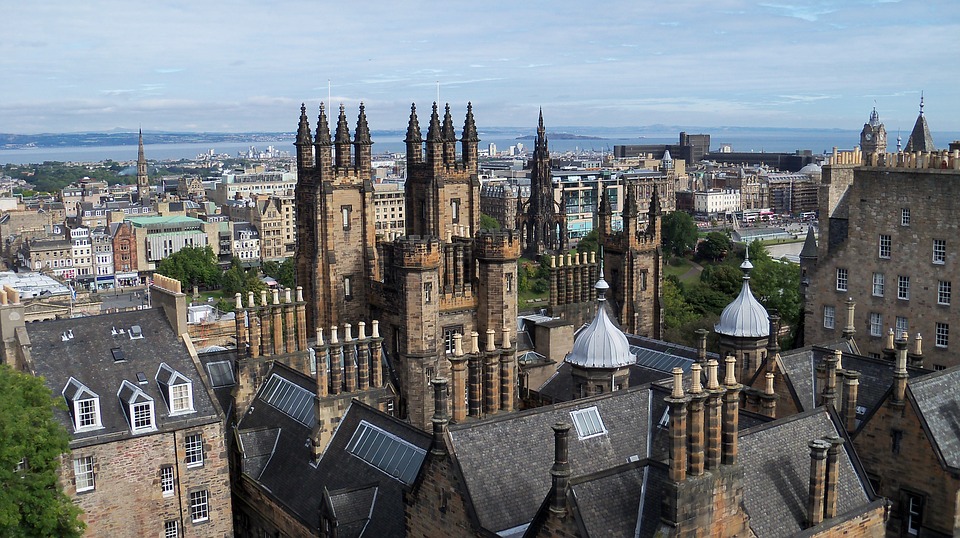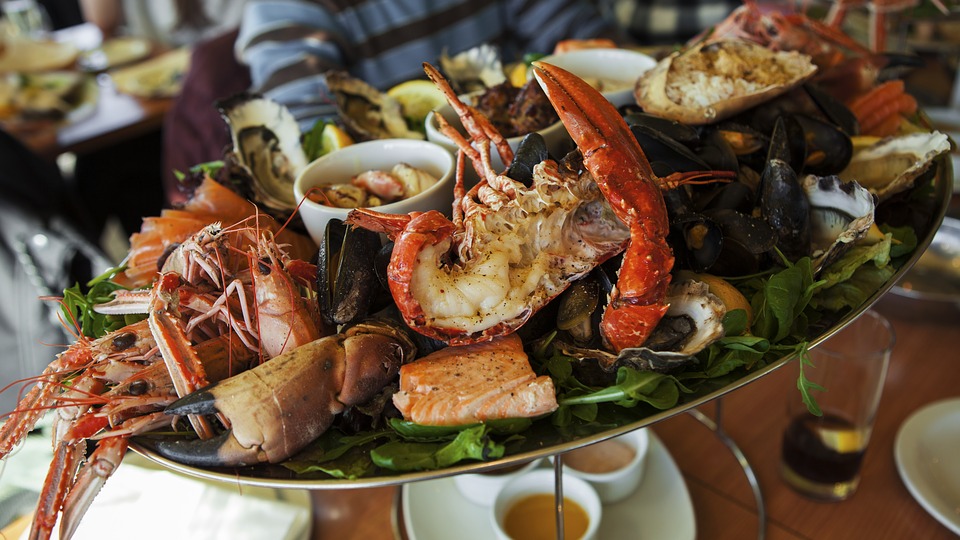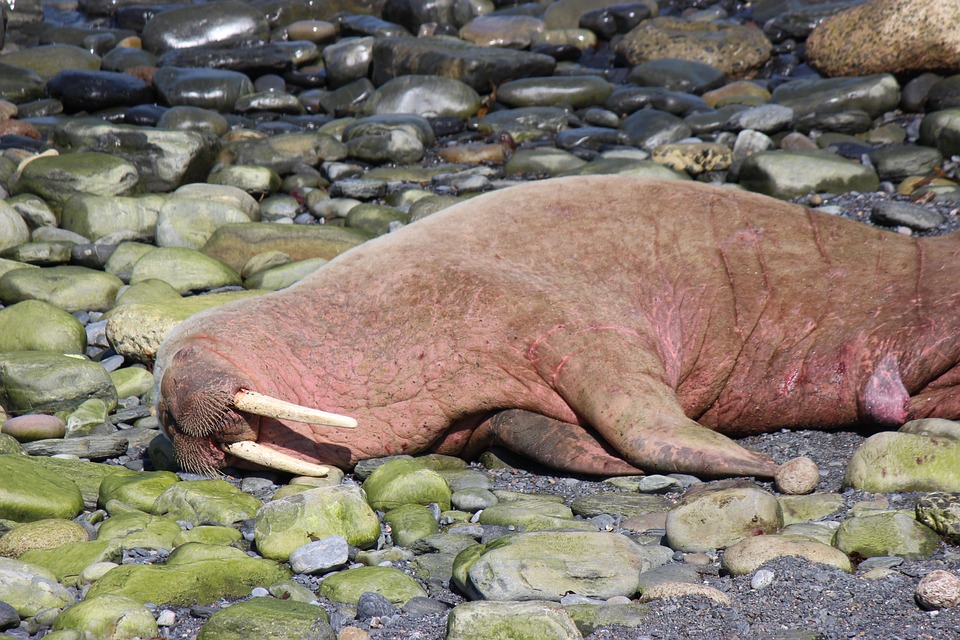Scotland
(Latin: Scotia (land of the Scots))

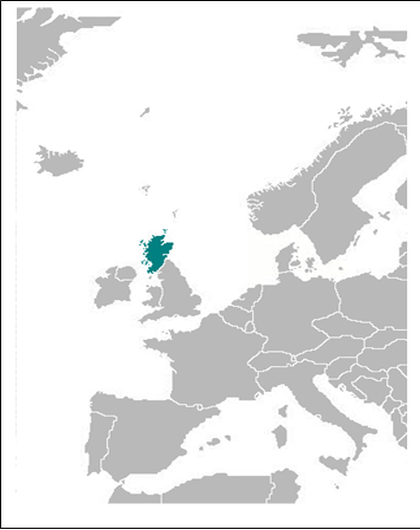






Capital of Scotland: Edinburgh
Population (Estimated 2010): 5,220,000
Area: 127,528km²or 49,239mi2
Currency: Pound Sterling (£)
Official Language: English
Political Information: Constitutional Monarchy and Parliamentary Democracy
Official Religion:No Official Religion
Highest Mountain: Ben Nevis at 1,343m or 4,406ft
GDP Official Exchange Rate (OER is more precise at gauging a countries economic power)
(Estimated 2010): (US$) or 105,548 Million (GBP)
Time Zone (GMT/UTC): GMT
Counties/Provinces/States: 33 Counties; Aberdeenshire, Angus, Argyll, Banffshire, Berwickshire,Caithness, Clackmannanshire, County of Bute, County of Moray, Dumfriesshire, Dunbartonshire, East Lothian, Fife, Inverness-shire, Kincardineshire, Kinross-shire, Kirkcudbrightshire, Lanarkshire, Midlothian, Nairnshire, Orkney, Peeblesshire, Perthshire, Renfrewshire, Ross and Cromarty, Roxburghshire, Selkirkshire, Stirlingshire, Sutherland, West Lothian, Wigtownshire and Zetland (Shetland)
Leaders: H.M. Queen Elizabeth II, with First Minister Nicola Sturgeon.
Additional: Scotland has 790 islands of which only 130 are inhabited.
Sources: CIA World Fact Book, Encyclopaedia Britannica.
No Results Found
The page you requested could not be found. Try refining your search, or use the navigation above to locate the post.


